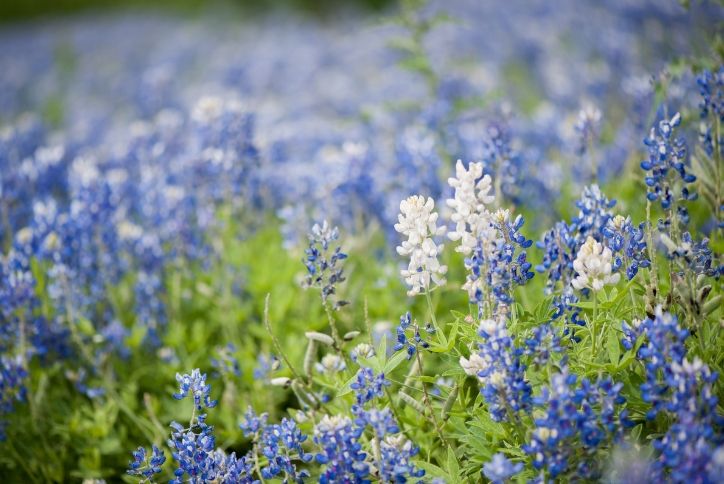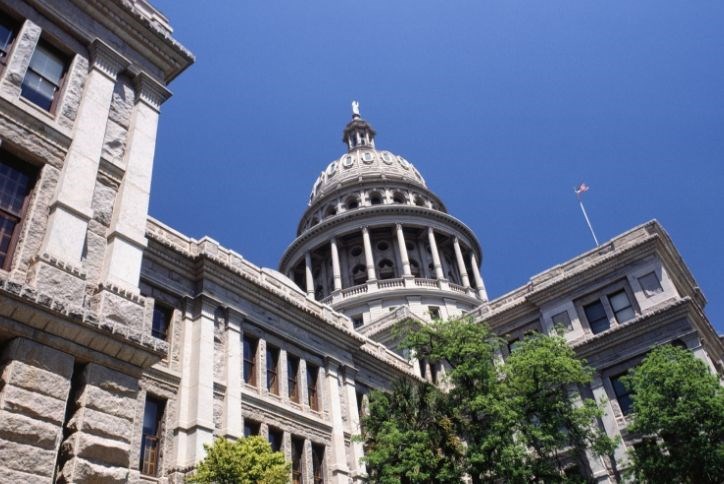
16 August . 2019
Moving from California to Austin, Texas? This guide is for y’all
The numbers vary, but it’s generally accepted wisdom that Texas is attracting a heck of a lot of former Californians. According to one report, nearly one million Californians moved to Texas between 2010 and 2016, helping to make Texas the fastest-growing state in the nation – a title we still hold in 2019.
Austin is a top Texas destination for Californians headed to the Lone Star State, thanks to the city’s booming high-tech industry, and a blend of natural beauty and culture that make it especially appealing to West Coasters. It’s not for nothing that Austin has been honored as America's best city to live in for three years running, while maintaining our quirky “Keep Austin Weird” culture.
For everyone who’s new here, we extend a warm “Howdy, y’all.” That’s Texan for “Welcome to you all.”
Here at Sweetwater, a thriving master-planned community located where Austin meets the Hill Country, we’ve attracted our fair share of Golden State transplants, drawn by more than 700 acres devoted to parks, trails and natural open space right in the community. New homes in Sweetwater are priced from the high $200,000s to more than $1 million.
If you’re thinking about moving from California to Austin, here’s a guide to some of the food, culture and natural wonders that make our city such a special place.
Silicon Valley or Silicon Hills? Silicon Hills, Austin’s version of Silicon Valley, is the magnet that draws so many Californians to the area. Located amid the rolling hills of Austin’s west side, Silicon Hills and Austin overall are home to more than 5,500 startups and established companies, including Apple, HP, Intel, Cisco, IBM, eBay, and Oracle. Austin recorded 46 corporate relocations last year, and Apple’s new Austin campus will ultimately host up to 15,000 employees.
Not all of Austin’s tech companies reside in Silicon Hills. Major players such as Facebook, Google and Indeed have established large presences in downtown Austin. Dell, which helped kick off Austin’s tech boom in the 1980s, is based in the north Austin suburb of Round Rock.

Pacific vs. swimming holes. Californians have the entire Pacific Ocean to swim in. In Austin, we wouldn’t trade our swimming holes for all of the seven seas. A gift of the region’s Hill Country geology, swimming holes are spring-fed oases with limestone bottoms, often with an overhanging canopy of native bald cypress trees. The water is chillingly brisk, making a dive in the perfect antidote to the Hill Country’s hot summers.
Austin’s most famous swimming hole, Barton Springs in Zilker Park, is widely considered to be the soul of the city. Other popular holes include Deep Eddy and Hamilton Pool, one of the closest to Sweetwater.
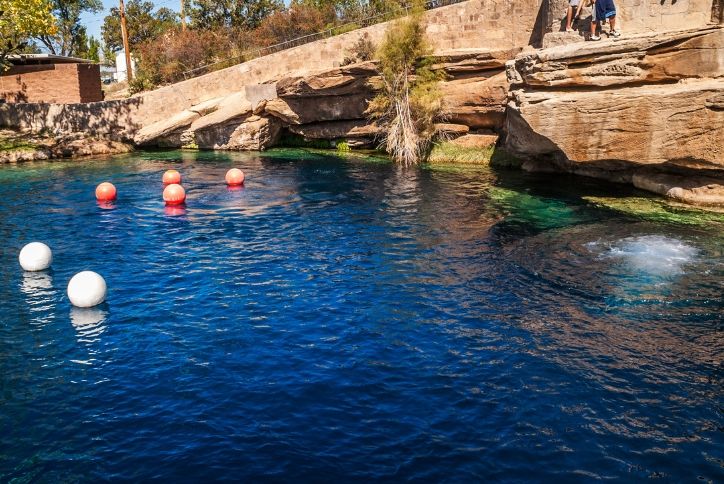
Texas terroir. California has Napa and Sonoma, and Austin has the Texas Hill Country, the second largest wine-growing region in the U.S. The Hill Country is home to more than 50 wineries, most clustered around the quaint small town of Fredericksburg along the U.S. Highway 290 corridor. Wine Spectator recently called the Hill Country “an emerging wine region on the cusp of something great.”
Whether or not you think Texas terroir can compare to California’s, a visit to Austin’s wine country makes for a fun day trip. And with Texas wineries attracting 1.7 million tourists a year, compared to over 23 million for California, you won’t feel crowded as you enjoy the tastes and the views.
Austin’s craft beer breweries and spirit distillers are also gaining cred. VinePair selected Austin as the world's top beer destination for 2019, and Austin-made vodkas like Tito’s and Deep Eddy are garnering worldwide acclaim.
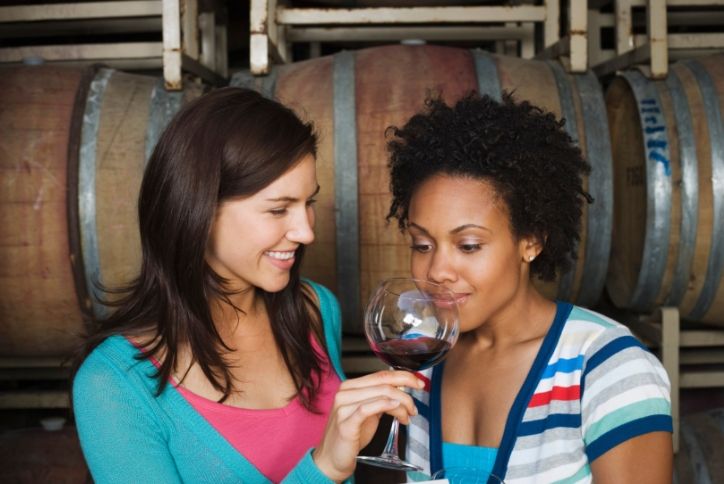
Austin is batty. “Keep Austin Weird” is Austin’s unofficial motto, and bats are one of the city’s quirkiest claims to fame. Home to 1.5 million Mexican free-tailed bats, Austin’s South Congress Street Bridge is the world’s largest urban bat colony. Large crowds of visitors gather to watch the bats’ nightly exodus, and Bat Fest is a popular event held every August. In addition to being an amazing sight, Austin’s bat colony has many benefits, pollinating flowers and collectively consuming 30,000 pounds of insects each evening.
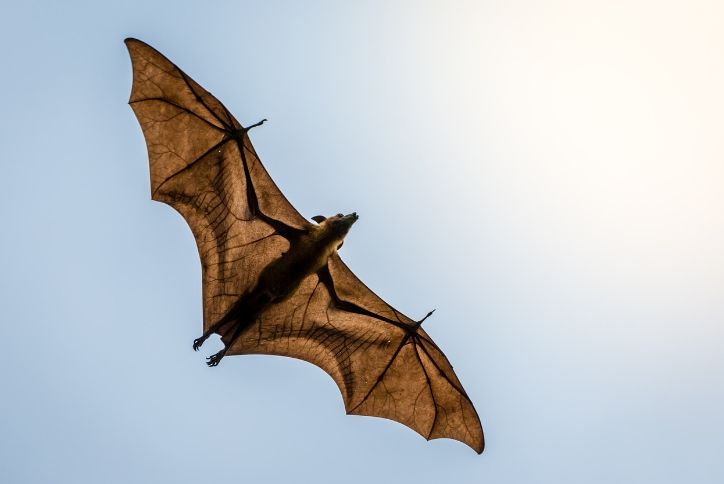
Pickups rule. You’re likely to see a higher concentration of Teslas and Priuses in the Austin area that anywhere else in Texas, but this is still the Lone Star State, and the pickup truck is the undisputed king of transportation. Whether they use them for hauling and ranching, or most likely just for daily commuting, Texans love their pickups.
Texas is the number one pickup truck market in the U.S., accounting for the sale of one in every six half-ton (i.e. typical full-size) trucks in the nation. That’s why you see manufacturers like GM, Ford & Ram putting out so many “Texas special edition” trucks, to appeal to Texans’ proud sense of place. The only full-size truck made in Texas is the Toyota Tundra, assembled in San Antonio, about an hour-and-a-half from Austin.
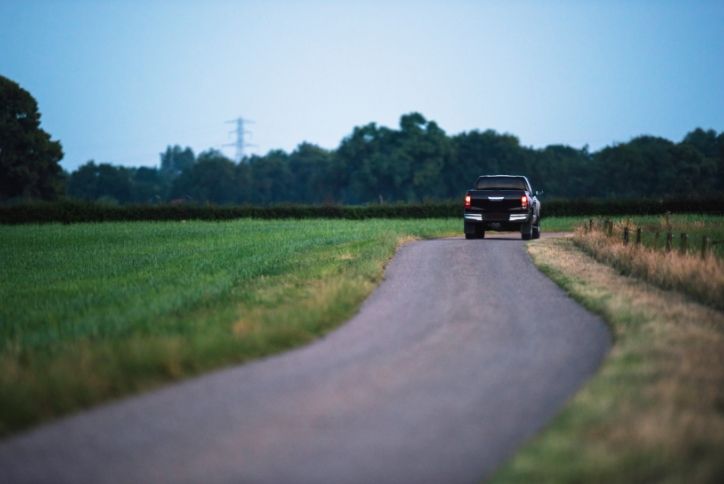
Texas flavors. California should be rightfully proud of its cutting-edge food trends, such as Cali-Baja and the evolving ramen craze. In the Texas Hill Country around Austin, we also love trends, but what we really treasure are classics like barbecue, chili and Tex-Mex.
You can wait in line four hours to taste the famous brisket at Franklin BBQ in downtown Austin, with its James Beard award-winning pitmaster. But there are plenty of other great BBQ places in Austin and the Hill Country without such a long wait. As for chili, the most important thing to know is that true Texas chili doesn’t have beans. Just trust us on this one. And cheesy, spicy Tex-Mex food will be a glorious revelation to anyone who has never tasted the real thing.
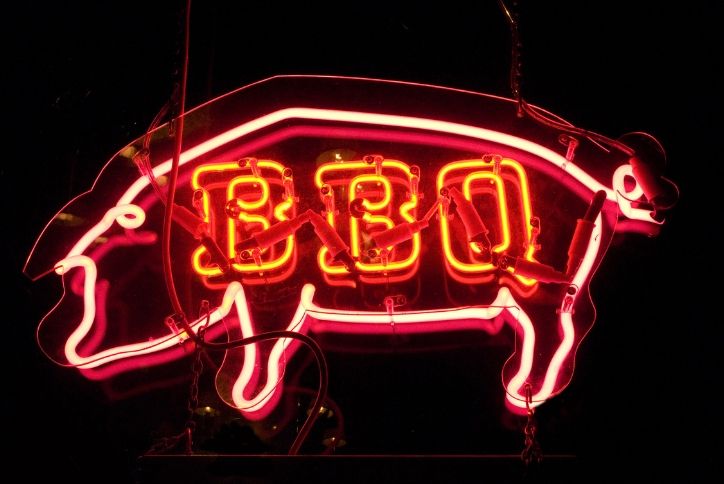
There’s a lot of orange here. Texans love our red, white and blue state flag, and you’ll see the Lone Star State banner flying everywhere. You’ll also see a lot of orange – burnt orange, to be exact – on cars, people, lawns and buildings. That’s the official color of The University of Texas at Austin and their football team, the Texas Longhorns. To say Austinites love the Longhorns is like saying Texas is big; some things are beyond measure.
One of Austin’s few dubious distinctions is that we’re the largest U.S. city without a pro sports team, but our Longhorn pride more than makes up for the fact that we don’t have a Rams or a 49ers.
There’s even a fairly complicated code governing when the iconic 27-story UT Tower is lit up in orange. For major championships, the entire tower glows orange, while only the crown is lit for regular season victories. The entire tower is also bathed in orange for some other holidays, such as Texas Independence Day on March 2. In general, though, whenever you see that orange glow, it means the Longhorns are doing Austin proud.
In the Lake Travis area around Sweetwater, the Lake Travis High School Cavaliers are just as treasured as the Longhorns, and you’ll see #GoCavs stickers and team colors (red, black and silver) everywhere. More on our love for high school football in a bit.
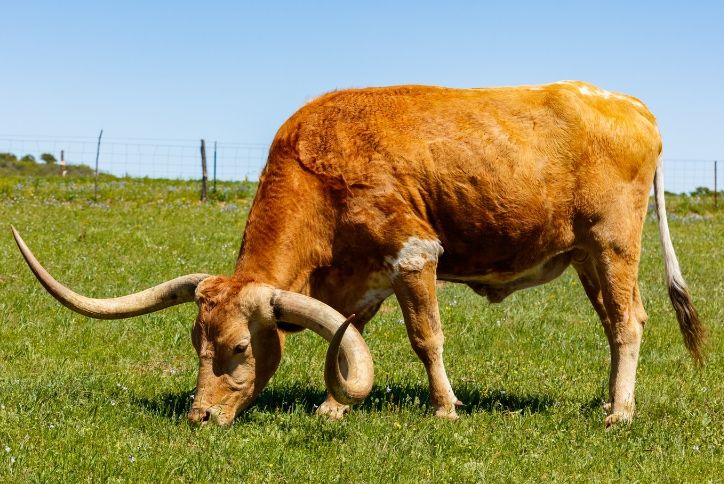
Kolaches are king. Californians love their frozen yogurt and citrus cakes, but when Austinites have a sweet tooth, they often reach for a kolache, pronounced kuh-lah-chee. These Czech pastries are sweet, doughy buns filled with fruit, cheese or sausage. Whether they’re made open-faced or enclosed, these pillowy pastries are found all over Austin and Central Texas. They’re a delicious reminder of the region’s Czech heritage, which began with large-scale immigration in the early 1800s. Still today, Texas is home to more Czech-Americans than any other state.

Football is religion. Though the number of Texas high school students playing football has declined in recent years, football is still religion in Texas. Anyone who’s ever seen the hit TV series “Friday Night Lights” will understand. There’s even a popular book about the Texas high school football phenomenon, “Big and Bright: Deep in the Heart of Texas High School Football.”
As author Gray Levy explains, “In Texas, it’s still accepted wisdom that football builds boys into men and can lift a school and community in ways no other activity can.” At Sweetwater, we see this love of football all the time, especially when the Lake Travis High School Cavaliers are playing. BTW, Niche ranks Lake Travis High School as the No. 2 Best High School for Athletes in the Austin area.

SXSW in ATX. While California has Coachella, Joshua Tree and Monterey Jazz, Austin’s springtime South by Southwest festival has evolved into one of the world’s most significant conglomerations of film, interactive media and music. With more than 400,000 attendees, SXSW runs neck-and-neck with the Austin City Limits music festival as Austin’s most popular annual event.
Other popular events are the Austin Film Festival, Circuit of the Americas Grand Prix, Republic of Texas Bikers Rally, Texas Book Festival, Austin Food & Wine Festival, and Batfest. At Sweetwater, we love getting together and partying as a community, as you can see from these photos of some of our past community events.

A road by another name. Just like California’s State Route 1 is sometimes called the Pacific Coast Highway, Austin also has many roadways and highways with more than one name, and that can be a source of confusion for newcomers. For instance, Loop 1 is often called the MoPac Expressway, or simply the MoPac, referring to the Missouri-Pacific railroad route it follows. To make things even more confusing, Loop 1 isn’t even a loop, but rather a north-south highway.
The Capital of Texas Highway, aka Loop 360, isn’t a loop either. It’s more like a crescent. U.S. Route 183 is the same as Research Boulevard, but it’s also called Anderson Lane and Ed Bluestein Boulevard, depending on what part you’re on. Highway 71 is also called Ben White Boulevard, but part of it is also Highway 290. Just don’t get that confused with the “real” 290, which leads to Houston to the southeast and the Hill Country to the west.
Don’t worry – this primer on Austin’s confusing street names will help you sort it all out. Also, be aware that many of Austin’s newest and most convenient roadways, such as State Highway 130 and SH 45, are toll roads, so it’s a good idea to have an electronic toll pass if you live here.

Bonkers for bluebonnets. Your California poppy is lovely, but here in Texas, it’s all about the bluebonnet, our official state flower. Bluebonnets can be found throughout Texas, but the Hill Country has the most exuberant displays of this springtime wonder, mixed in with other pretty natives like the Indian paintbrush and primrose. Wildflower road trips in March and April are a rite of passage in Central Texas, and the mild weather makes the drive even more wonderful. At Sweetwater, we seed and nurture our wildflowers every year, so our residents can enjoy them in our parks and along our trails.
Where’s the best place to live in the Austin region? Some like the city lights and downtown action, but a growing number of newcomers of all ages are flocking to the Sweetwater’s location in the Lakeway area.
Located 22 miles from downtown Austin, Sweetwater combines highly regarded Lake Travis ISD schools, popular shopping destinations like the Hill Country Galleria, and the natural beauty of the surrounding Hill Country.
